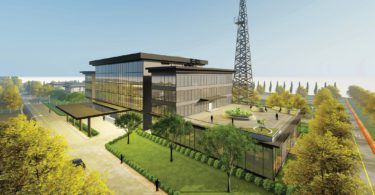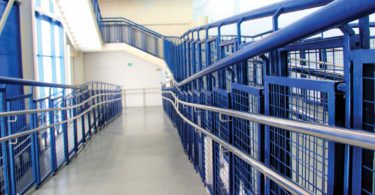Heritage buildings have characteristics and styles that represent the period during which they were erected and the functions of the time. Old architecture and building designs allow architects and developers to identify the traditional materials and methods that could still be relevant today.
The advent of technology inevitably brings changes in habits and practices. For example, with escalators and elevators connecting spaces vertically and elevator ramps connecting spaces horizontally, the way people go about their daily lives have changed. As the number of building users and populations grew, buildings had to adapt by providing by ‘growing’ upwards, along with the structural changes and tools that come with them.
In the past, religious buildings were defined by the different floor levels—high and low floors that symbolise caste differences or the different levels of sanctity. Nowadays, the design of building levels has become more about spatial use to accommodate the same activities.
WAHYU HENY K. SAPARDI ST, MSC
Lecturer & Head of Quality Assurance Unit (UPM, Unit Penjamin Mutu) at Faculty of Civil Engineering and Architecture (FTSP, Fakultas Teknik Sipil dan Perencanaan), Universitas Jayabaya, Jakarta
Heny is a member of the Ikatan Arsitek Indonesia (IAI) of DKI Jakarta since 2000. She graduated from University Technology Malaysia, majoring in property management and valuation, and had worked as Ballroom Manager of ADPremier Jakarta until December 2018. From 2004 to 2010, she undertook architecture and construction projects through her role as Project Manager at PT Sadinah Sahid Josodipuro. Since February 2013, Heny has been a lecturer and an avid contributor to architecture magazines.

To read the complete article, register your details above
to be notified once the revamped Construction Plus App is ready!













